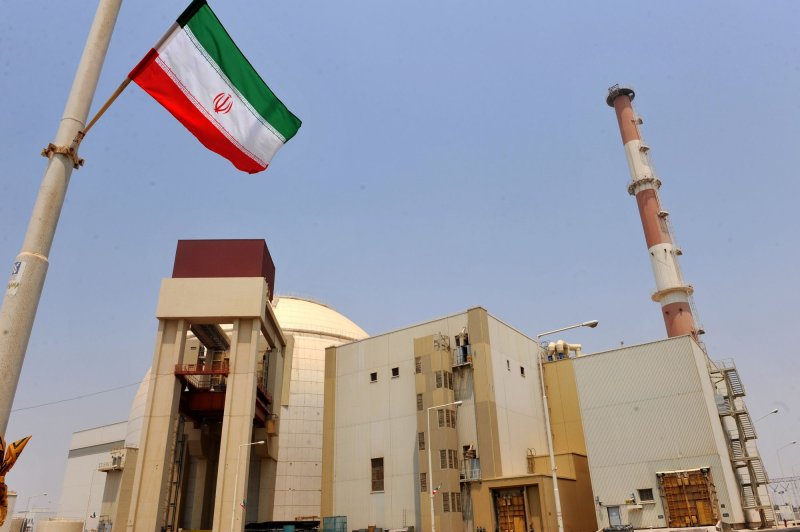A view of Iran's first nuclear power plant is seen after it was opened by Iranian and Russian engineers in Bushehr, Iran, south of Tehran on August 21, 2010. Russia said it will safeguard the plant to prevent material from the site from being used to make nuclear bombs. UPI/Maryam Rahmanianon |
License Photo
WASHINGTON, Jan. 4 (UPI) -- The Stuxnet computer virus that disrupted more than 10 percent of Iranian nuclear centrifuges started working in late 2009, a report finds.
Iranian engineers in November 2009 had increased the number of centrifuges installed at the Natanz nuclear facility to around 8,600. Iran by February 2010 had to shut down about 1,000 of its centrifuges, however.
A report by the Institute for Science and International Security found that while Iranian centrifuges are known to break down frequently, the quickened pace "exceeded expectations" of Iranian engineers, The Christian Science Monitor reports.
Stuxnet works by targeting the speed at which specific components in the centrifuge works, causing problems with the rotational speed.
The ISIS report suggested that the pace at which Iranian engineers had to replace the large number of centrifuges from November 2009 to February 2010 meant problems "could have resulted from an infection of the Stuxnet malware."
Though Iran replaced many of the broken centrifuges quickly, it had less centrifuges spinning in November 2010 than it did the previous year, the Monitor adds.
Western allies accuse Tehran of working on the technology needed to build a nuclear weapon, an allegation the Iranians deny.





